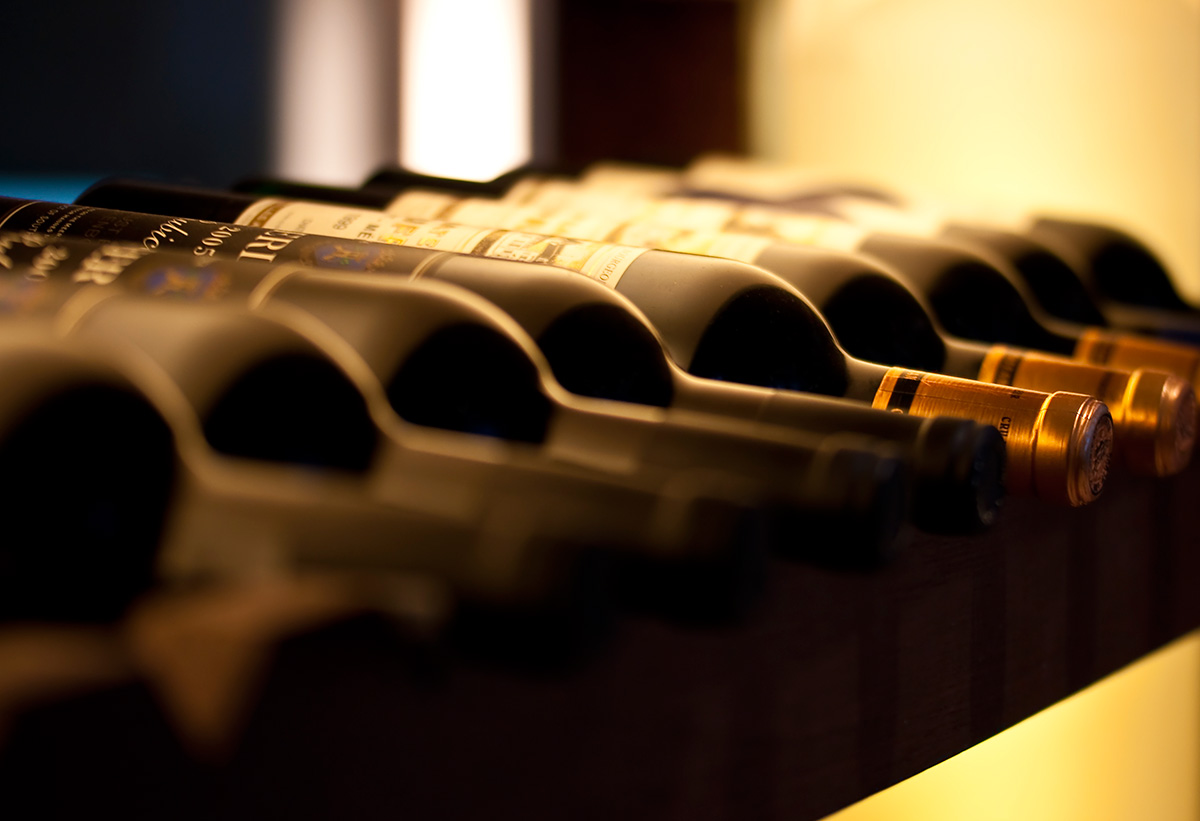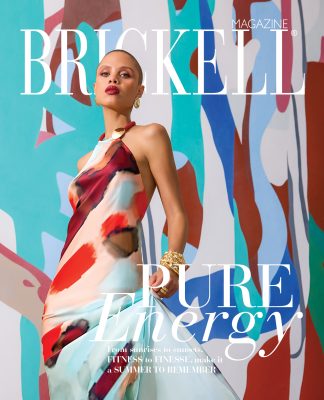 The question is asked casually, yet rarely have we seen more gaffes erupt from its expulsion: “Red or white?” More than a simple selection of beverage, the quandary actually opens up a pair of paths diners may venture down. The first, a meal, complete in the way that only serially curated cinematography or a wringing symphony may be, each part spinning with every other in a harmony that seems frankly divine in its execution. The second, food and wine, a base pair inaccurately melded, a plate of food, however excellently executed, is complemented with a beverage simply meant to wet throats, indistinguishable in complement to tap water or a soft drink. A collection of singles as opposed to an album, with all the sonorous ecstasy that implies. The first, and most frequently known rule? When it comes to wine pairing, color is king. Red, especially the tannic reds found in Bordeaux and Cabernet, are bold wines, and as such pair best with the bold and bloodier of entrees, especially steaks and chops. Whites pair much better with low-intensity meats such as fish, but also with spicier dishes (few things compare to a spicy dish paired with an off-dry Riesling.) The saltier the food, the better a champagne will satisfy, and if you’re unsure whether a cheese would go best with white or red, simply serve a dry rosé, which has both the acidity of a white but the fruitiness of a red. Enjoying more rustic fare? While many prefer beer with sweet and spicy barbecue sauces, a Malbec can blast what was once a simple satisfying meal into the fourth dimension.
The question is asked casually, yet rarely have we seen more gaffes erupt from its expulsion: “Red or white?” More than a simple selection of beverage, the quandary actually opens up a pair of paths diners may venture down. The first, a meal, complete in the way that only serially curated cinematography or a wringing symphony may be, each part spinning with every other in a harmony that seems frankly divine in its execution. The second, food and wine, a base pair inaccurately melded, a plate of food, however excellently executed, is complemented with a beverage simply meant to wet throats, indistinguishable in complement to tap water or a soft drink. A collection of singles as opposed to an album, with all the sonorous ecstasy that implies. The first, and most frequently known rule? When it comes to wine pairing, color is king. Red, especially the tannic reds found in Bordeaux and Cabernet, are bold wines, and as such pair best with the bold and bloodier of entrees, especially steaks and chops. Whites pair much better with low-intensity meats such as fish, but also with spicier dishes (few things compare to a spicy dish paired with an off-dry Riesling.) The saltier the food, the better a champagne will satisfy, and if you’re unsure whether a cheese would go best with white or red, simply serve a dry rosé, which has both the acidity of a white but the fruitiness of a red. Enjoying more rustic fare? While many prefer beer with sweet and spicy barbecue sauces, a Malbec can blast what was once a simple satisfying meal into the fourth dimension.











